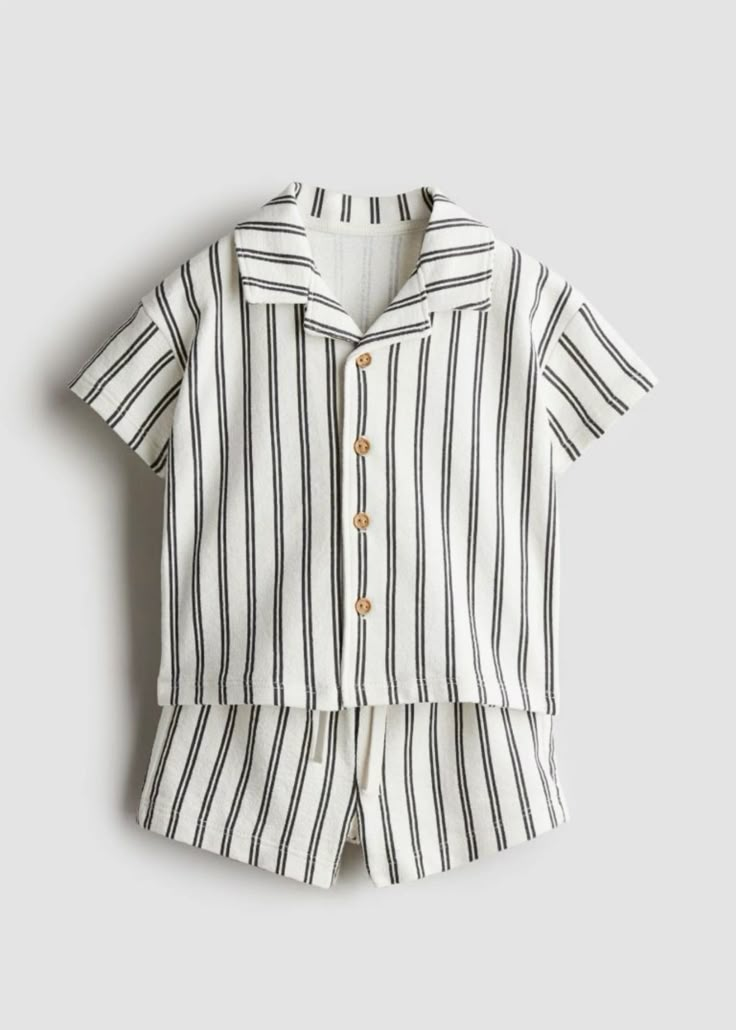I first heard about CiCLO® technology when a sustainability-minded brand reached out, asking if their polyester tees could ever biodegrade. I whispered, “Yes—as long as you use this.” CiCLO isn’t magic—it’s smart science that helps our synthetic fibers disappear, just like cotton does—but only at the end of their journey.
CiCLO® is a masterbatch additive embedded within synthetic fibers (like polyester and nylon) that creates biodegradable “spots” attracting microbes, enabling the fibers to break down in real environments at rates similar to natural materials. It preserves performance and washability but activates when the textile finally becomes pollution.
Curious how that works under the hood? Let's peel back the layers.
What is CiCLO® technology and how does it work?
At first glance, CiCLO® fabric looks and acts like normal polyester or nylon—until it ends up in nature.
During fiber extrusion, CiCLO® embeds countless tiny “nucleation spots” into synthetic polymer matrixes; when exposed to microbes and moisture, these spots enable biodegradation pathways similar to natural fibers. Until that point, the fabric behaves like any high-performance synthetic.
How does CiCLO® make synthetic fibers more biodegradable?
Synthetic fibers don’t just vanish—they linger for centuries.
CiCLO® adds biodegradable sites throughout the fiber, giving microbes a foothold to digest the polymer, causing mineralization at similar rates to wool or cotton, unlike conventional plastic-based textiles. This allows synthetic garments to genuinely biodegrade in landfills, oceans, and sludge.
What materials can be enhanced using CiCLO® technology?
This isn’t limited to one fiber type—it’s broad.
CiCLO® works with both polyester (filament and staple) and nylon, plus virgin or recycled content, maintaining core performance properties while adding biodegradability. It fits into existing supply chains and dye/finish processes.
How is CiCLO® different from traditional plastic-based textiles?
On the surface, not much—until the end.
Unlike standard synthetics, CiCLO® fibers don’t persist indefinitely. They’re designed to be durable during use but biodegradable under natural conditions, whereas traditional plastics resist degradation. That’s the game-changer.
Dive deeper: Unlocking synthetic biodegradability with CiCLO®
The story of CiCLO® starts with a challenge: microplastics are sneaky. Every time we wash synthetic clothes, tiny fibers escape into water—even sea, land, landfill, or sludge. These fibers persist, hurting marine life and filling our environment.
Enter CiCLO®. The secret lies in a masterbatch additive added during the fiber’s melt-extrusion step :contentReference[oaicite:0]{index=0}. This additive doesn’t change how fabrics look or feel—it looks inside the plastic, sprinkling biodegradable hotspots that:
- Don’t wash out
- Stay dormant during use
- Activate only when microbes appear
1. Microbe-powered degradation
When CiCLO® treatments reach environments rich in microbes and moisture—like landfills, sewage sludge, or ocean biomes—those tiny spots act like invitations. Bacteria and fungi latch on, slowly breaking down the long chains of polymer into CO₂, water, biomass, or biogas :contentReference[oaicite:1]{index=1}.
Long-term lab data shows degradation rates comparable to wool :contentReference[oaicite:2]{index=2}. That means no endless plastic threads hanging around.
2. Performance remains
CiCLO® fibers are physically identical to regular ones—strong, colorfast, breathable. Brands like Champion, Repreve, Billabong, and Target are using it without sacrificing look or feel :contentReference[oaicite:3]{index=3}. It even works with recycled polyester, making circularity teams happy :contentReference[oaicite:4]{index=4}.
3. Tested & certified
CiCLO® fibers have third-party OEKO-TEX ECO PASSPORT approval :contentReference[oaicite:5]{index=5}, along with ASTM-standard biodegradation tests (D5511, D6691, D5210) in landfills, water, and sludge :contentReference[oaicite:6]{index=6}. That’s real science—no greenwashing.
4. Microplastic impact
By enabling actual breakdown of microfibers once released, CiCLO® addresses one of fashion's invisible monsters: microplastic pollution. With synthetic fibers making up ~60% of global textiles, even small biodegradability gains have massive impact :contentReference[oaicite:7]{index=7}.
5. Industry adoption
It’s not hypothetical anymore: 50+ major brands and retailers are using CiCLO®—across clothing, uniforms, flooring, yarns. Parkdale Mill and Repreve have launched CiCLO®-enhanced products with full visibility :contentReference[oaicite:8]{index=8}.
6. Comparison to natural fibers
CiCLO® synthetics degrade like cotton or wool—fast under the right conditions—not like conventional PET that lingers for centuries :contentReference[oaicite:9]{index=9}. They’re the closest thing to a biodegrading synthetic.
7. Suitability for kids
CiCLO® carries ECO PASSPORT and is non-toxic to marine life and humans :contentReference[oaicite:10]{index=10}. So yes—perfectly safe for kidswear once compliant on other standards.
Conclusion
- CiCLO® isn’t a trend—it’s textile evolution. It offers performance you trust, with a biodegradation safety net for our planet. For kidswear brands aiming for sustainability and clean credentials, understanding and leveraging CiCLO® could be a game-changer.
- :contentReference[oaicite:11]{index=11}



